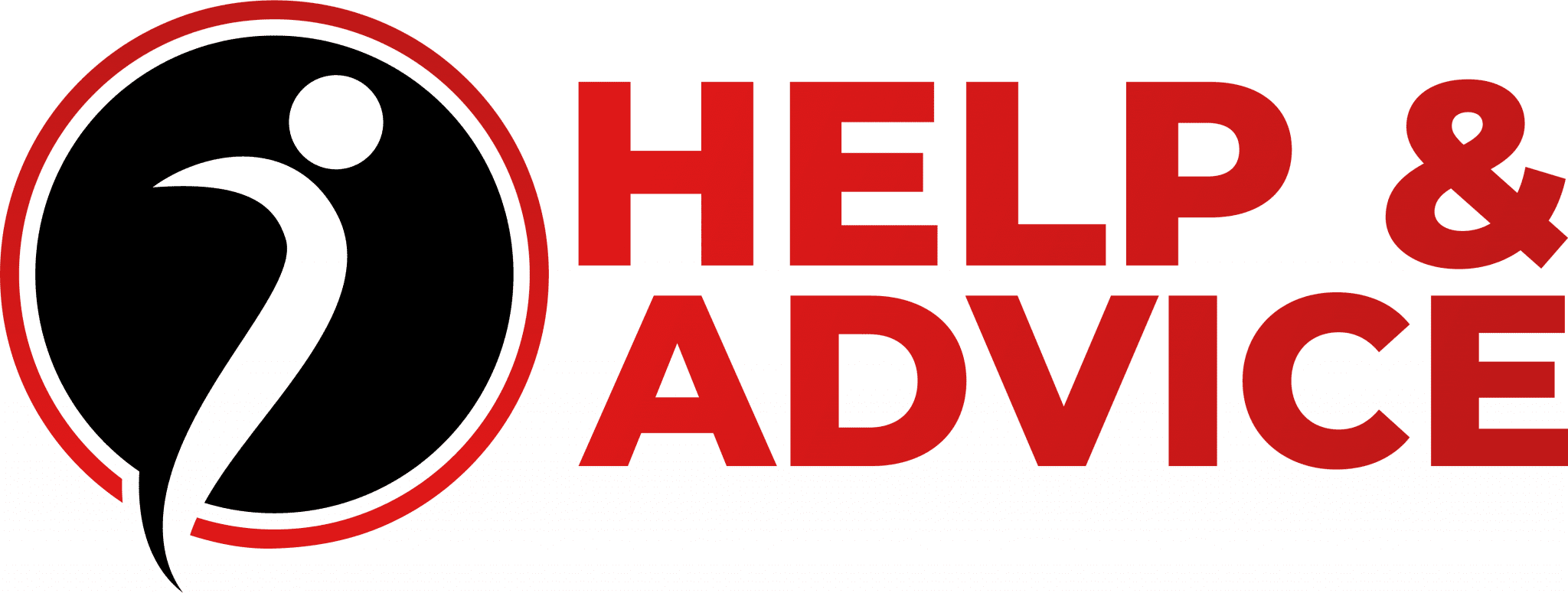
Home Reversion Companies
You may be considering ways of getting a cash income boost in retirement.
This can be for many reasons, for example, to help out a younger family member, make home improvements, or as a way of planning for the future costs of care. Releasing equity from your home can sometimes offer a good solution.
This article explains who the main home reversion companies are in the UK. It answers some of the most commonly asked questions on this topic, talks about the pros and cons of these schemes, and gives you advice so you can find the product that’s right for your needs. You can also watch a short video on how a home reversion mortgage works below.
Topics that you will find covered on this page
Who are the best home reversion companies in the UK?
A number of providers who once offered home reversion schemes have since removed these products from their website as these plans have become less popular over recent years. However, home reversion plans are still available from certain lenders.
You will need to contact each one to see what you can borrow.
Retirement Bridge
Retirement Bridge is agroup of home reversion providers.
Bridgewater Equity is one of the largest businesses in the group, and they are an award-winning reversion company.
Other members include:
- Aviva
- Home and Capital
- AMP
- Sovereign
- Cavendish
- Norwich Union
- In-Retirement Services
Retirement Bridge as a whole offer three types of home reversion plan. A scheme with no rent, one with fixed rent, and one with escalating rental payments.
The reversion provider will buy a 25-100% share and give you a cash lump sum. The amount of money you receivedepends on the product you select, how much rent is payable each month (if any), and your home’s value.
Milton Homes
This is another group offering equity releasing services through the brand names ‘Retirement Plus’ and ‘Living Plus‘.
Retirement Plus has two types of home reversion plan. Both of these schemes pay the full market price for the share of your home that the company is buying – the brand’s motto is ‘Unlock Equity Fairly’.
They also give their customers the flexibility to ring-fence a percentage of the house’s price. This could be to protect an inheritance for the customer’s family estate or even to keep something that they can later sell to the company in order to raise additional money when they need it.
Crown
Crown is another home reversion plan provider. Their product has the following features:
- Suitable for those with a property valued between £80,000 and £1,000,000.
- The property should be of standard construction.
- You will be able to sell your part of your home for between 30 and 62.5% of its market price. The exact rate depends on the applicant’s gender, age, and whether or not they are making a joint application.
- The valuation fees are payable by the applicant and start at around £200.
What is the difference between equity release and home reversion?
A home reversion mortgage plan is a way of releasing equity where you sell a share of your home in return foreither a tax-free lump sum, or an extra source of regular income.
When you unlock money from your home in this way, you will be given a Lifetime Lease. This is a legal document confirming that you can continue to live in your home without paying rent until you either die or move into long-term care.
The amount of money you can receive in this way depends on your age, your health, the value of the property, and the share that you are selling.

The older you are, the more money you can unlock. You can use a special home reversion calculator or other tools to help you find out the cash lump sum you could get.
Unlike other products that let homeowners unlock equity, there isno interest charged . This is because the money you are taking is not a loan, but rather proceeds from the share that you have sold.
At the end of the term, your house will be sold and your family will inherit a percentage of the proceeds. The amount of money they would get will be in proportion with your remaining share of the ownership.
As with all kinds of equity releasing service, these plans might affect your tax position, your entitlement to means-tested benefits, and your pension credit.
You should speak to a solicitor and specialist financial advisors to make sure you understand how a home reversion scheme might change your circumstances.
A lifetime mortgage is the most popular type of equity release scheme. You can read about them elsewhere on this site.
"A number of providers who once offered home reversion schemes have since removed these products from their website as these plans have become less popular over recent years."
Help & Advice Tweet
Are home reversion plans regulated?
Home reversion services are authorised and regulated by theFinancial Conduct Authority. The best providers are also members of theEquity Release Council trade body.
These two bodies protect and help customers by building safeguards into the plans, such as:
- A lifetime tenancy deal promising that you can remain living in your home for the rest of your life, even though part of your house has been sold.
- The ability to move your plan to another home agreed upon by the lender.
You should contact an independent financial adviser to get more information and advice. The financial expert will discuss your options and help you understand the features of each product so that you can work out which plans are right for you.

What are the home reversion plan pros and cons?
There are several important home for life planpros and cons that you should be aware of:
Advantages
- The money you get will be tax-free. Depending on the scheme you select, this cash can either be a cash lump sum or a regular income into your bank account.
- Homeowners do not need to pay interest.
- You can safeguard a share of your property’s value to leave to your family as an inheritance.
- You have the right to continue living in your home until you die or move into long-term care.
- If property prices increase over time, you will still benefit from these increases with your share of the ownership.
Disadvantages
- The amount of money that you get is far less than the property’s true market value. Usually, homeowners get 30-60% of their house’s true value.
- It can be very costly if you want to cancel the plan early. This is because you would need to buy back the sold share of the property at full market value.
- Considerable set-up costs can be involved, such as arrangement, valuation and legal fees.
- Even though the schemes are portable and you can move to a new property, you will need to pay back some money to the provider if you decide to downsize.
- Your family’s inheritance will be smaller because you will no longer be the sole homeowner.
- You may lose your entitlement to benefits now or later. Your tax position might also be impacted.
You should contact an expert adviser for more advice and details about which product may be best for your purposes. The advisory service can also answer any questions you have about alternatives likelifetime mortgages orretirement interest only mortgages.
Other articles that you will find useful

Drawdown Lifetime Mortgage
A drawdown lifetime mortgage is a type of life mortgage where you can release equity from your home in a series of small withdrawals. This is instead of simply withdrawing one large cash lump sum at the start of the mortgage term.

Lifetime Mortgage Rates
The majority of lifetime mortgages have a fixed interest rate for life. Therefore, they are sometimes called a ‘lifetime fixed rate mortgage’. The rate will range between providers and can change quite often..

Mortgages For Pensioners
If you are a pensioner in later life, you may be considering a lifetime mortgage as a way of supplementing your pension income, paying off debts, supporting family, or paying for home improvements in retirement.

Lifetime Mortgage Providers
The Equity Release Council trade body has 14 members. These lifetime mortgage providers are authorised and regulated by the Financial Conduct Authority. They all abide by the ERC’s no negative equity guarantee.

Home Reversion Plan
A home reversion plan is a scheme where you sell all or part of your home to a mortgage company in return for tax-free cash. The money you release with a home reversion scheme can either be a cash lump sum or a regular income.

Home Reversion Calculator
A home reversion equity release calculator is a tool that helps you find out how much money you could receive with home reversion plans. These are different from lifetime mortgage calculators that you often see.
Frequently Asked Questions
Who are the best home reversion companies in the UK?
A number of providers who once offered home reversion schemes have since removed these products from their website as these plans have become less popular over recent years. However, home reversion plans are still available from certain lenders.
What is the difference between equity release and home reversion?
A home reversion mortgage plan is a way of releasing equity where you sell a share of your home in return for either a tax-free lump sum, or an extra source of regular income.
When you unlock money from your home in this way, you will be given a Lifetime Lease. This is a legal document confirming that you can continue to live in your home without paying rent until you either die or move into long-term care.
Are home reversion plans regulated?
Home reversion services are authorised and regulated by the Financial Conduct Authority. The best providers are also members of the Equity Release Council trade body.
What are the home reversion plan pros and cons?
There are several important home for life plan pros and cons that you should be aware of.

